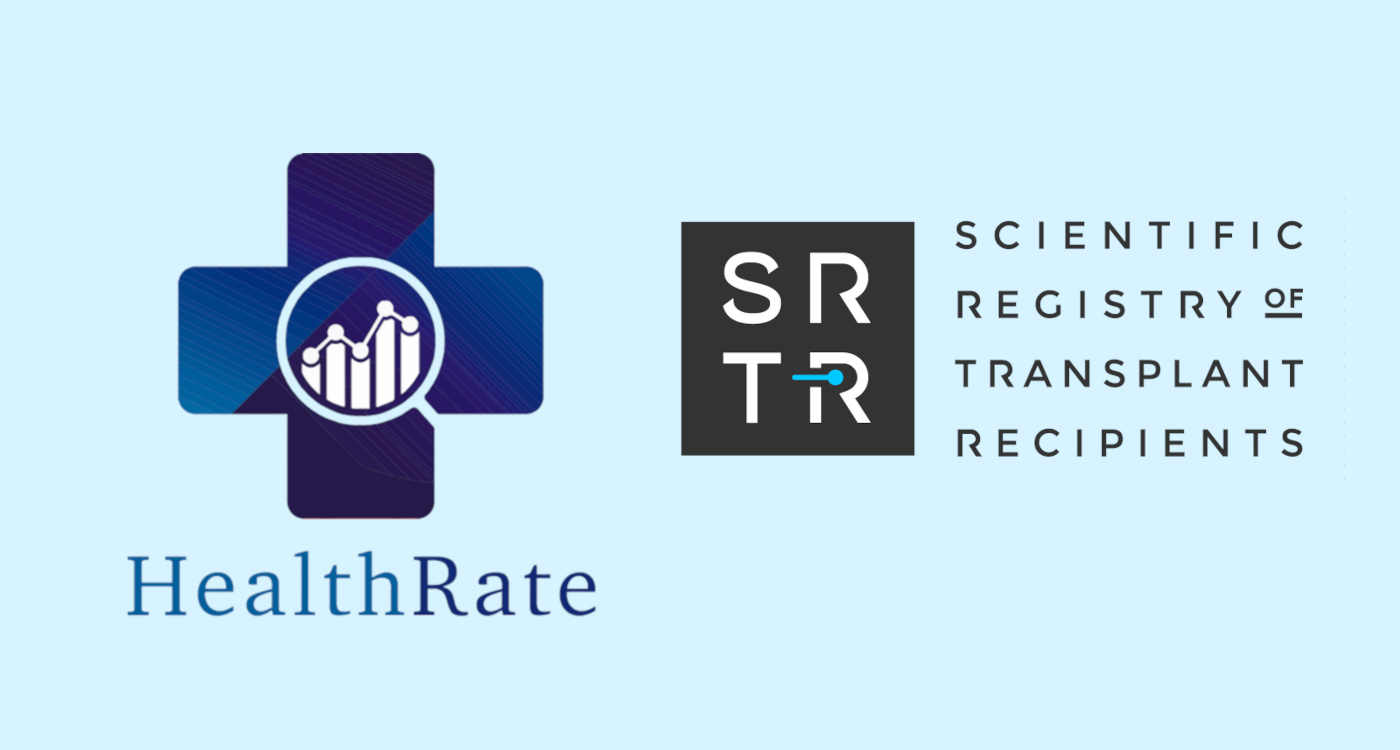
In the wake of growing regulatory scrutiny and a wave of class-action lawsuits, plan sponsors — especially self-funded employers and their advisors — are under increasing pressure to prove they’re acting in the best interest of plan members and spending wisely.
Nowhere is that pressure more intense than in catastrophic care, where single claims can reach $2 million or more.

Fiduciary Duty Isn’t Just About 401(k)s Anymore
ERISA requires plan fiduciaries to act “solely in the interest of plan participants and beneficiaries,” with care, skill, prudence, and diligence. That includes health benefits — especially when the stakes are high.
Regulators and plaintiffs alike are asking:
- Did the plan evaluate alternative options for high-cost medical services?
- Did it monitor service providers and pricing arrangements? \
- Can it justify network choices that led to materially higher spend?
If the answer is no, fiduciary exposure increases — and with it, reputational risk and legal liability.
The Duty to Shop Around Is Now Enforceable
A 2025 supreme court ruling (Cunningham v. Cornell University) highlighted that plan sponsors can no longer blindly accept network rates as “reasonable” without comparison. Courts are starting to treat failure to benchmark costs as a breach of fiduciary duty — especially when claims data and transparency tools are readily available.
This is no longer theoretical:
- Class actions have been filed over excessive hospital reimbursements
- Broker and TPA relationships are being challenged for failure to disclose financial conflicts
- Employers are being asked to prove they evaluated alternatives before approving high-dollar payments
How Plan Sponsors Can Protect Themselves
HealthRate was built to address this very issue. Our platform empowers sponsors, TPAs, and stop-loss underwriters to:
- Benchmark reimbursement rates for procedures like transplants, CGTs, and BMTs across centers and networks
- Document cost-containment efforts and pricing diligence for fiduciary compliance
- Prove value to plan committees, auditors, and (if needed) the courtroom
Example:
One HealthRate customer discovered it had signed a network access agreement to secure a $1.2M stem cell transplant when a rate of $750K was available at the same medical center. That’s a $450K delta — and a compliance risk waiting to happen.
Compliance Isn’t Optional. Defense Starts with Data.
Fiduciaries now face regulatory and reputational consequences for not shopping around — particularly when the tools to do so are accessible, affordable, and easy to use.
It’s not enough to trust your network or assume your TPA is doing this for you. Courts are increasingly saying: show your work.
Ready to See What You’re Missing?
HealthRate can run a side-by-side analysis of your past high-cost claims to identify potential exposure — and help you build a defensible, compliant plan purchasing strategy.
Manage Your Risks Effectively
Try HealthRate today and simplify risk management.





